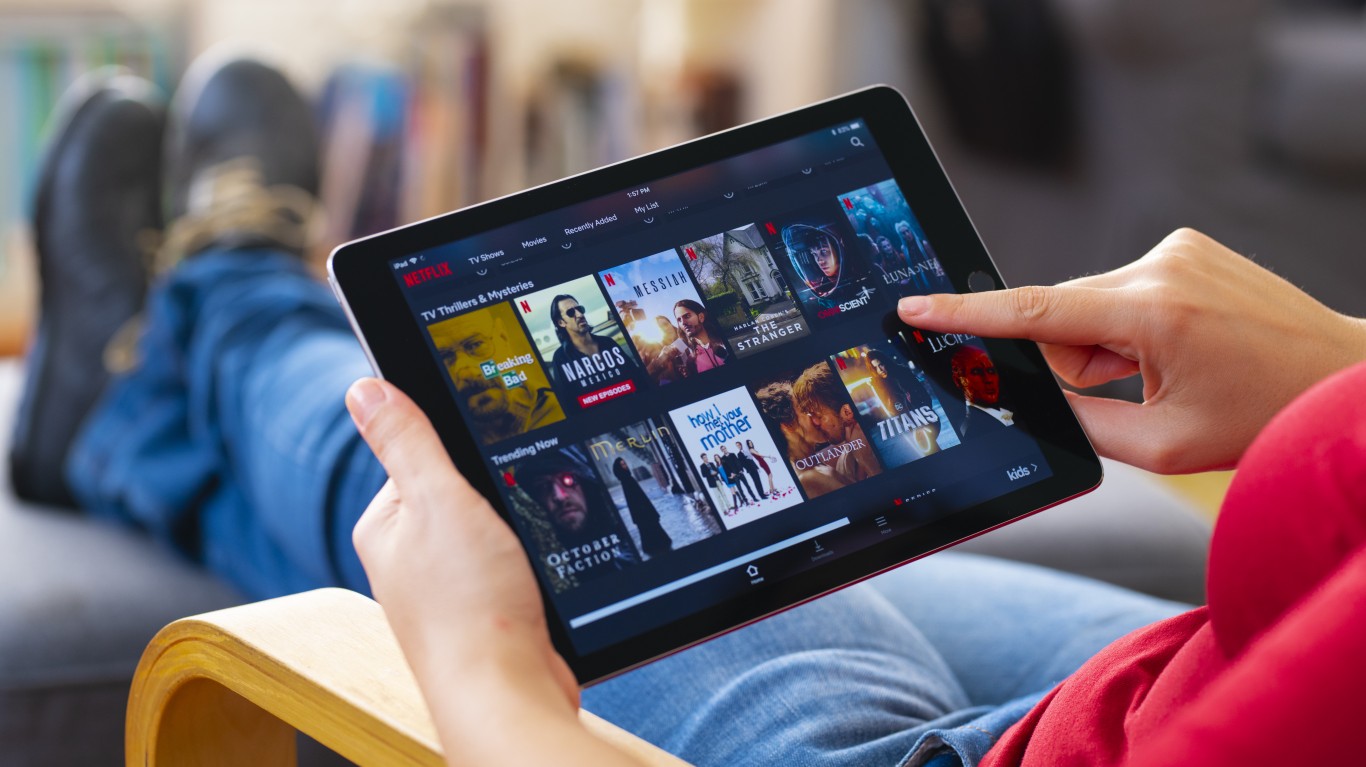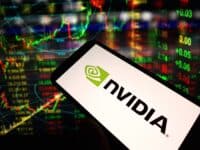
US equities have been on a tear over the past few months. In fact, until it occurred on August 2nd, the S&P 500 Index had not suffered a 1% drawdown for more than two months. Unfortunately for equity investors, the market climate will not always be as easy as it has been. Simply put, “if it were easy, everyone would be rich.”
In the past two weeks, the US equities have blindsided complacent investors. First, news broke that the Fitch Rating agency was slapping the US debt market with a rare downgrade (the only other was in 2011, and the market dropped nearly 20% rapidly)
Next, Apple (AAPL) added to the pain when it reported revenue that fell 1% while diluted EPS was up a sluggish 5% year-over-year. Over the past two weeks, AAPL has fallen nearly 10% and given up two months of gains in two weeks, dragging down tech with it. Apple holds a massive weighting of 7.6% of the S&P 500 Index.
Nevertheless, investors can easily fall into the trap of suffering from “recency bias”. At the time of this writing, the tech-heavy Nasdaq 100 ETF (QQQ) is up a whopping 41.16% year-to-date, with the S&P 500 Index ETF (SPY) (+17.99%), the Dow Jones Industrial Average ETF Trust (DIA) (+6.87%), and the Russel 2000 ETF (IWM) (+11.79%), respectively. In other words, in the scheme of things, equities are still in a raging bull market. Below are 5 reasons the market may be ready for a short-term bounce:
Market sentiment is high but has cooled: The CNN Fear & Greed Index is a contrarian indicator that gauges the overall view and emotions of the market to measure whether it’s being driven by fear or greed. In the past two weeks, sentiment has backed off from “Extreme Greed” to “Greed”, despite the relatively mild pullback in the market – evidence that investors are still skittish.
No More Hikes? Continued improvement on the inflation front has investors betting that the Federal Reserve is unlikely to raise interest rates again this year, giving a less than 10% chance in September (according to CME Group’s FedWatch tool)
Seasonality: September tends to be a historically weak period for stocks. However, typically, stocks tend to find a bottom about mid-way through the month before chopping around again in early September.
Chart: While the QQQ index has been weak in recent days, it is pulling into an inflection area which includes retracing to its previous break-out zone, filling daily price gaps, triggering an oversold signal, and testing its 50-day moving average.
Market Leader Pulling into Support: “As Goes GM, So Goes the Nation” was a quote by Charles Wilson, CEO of General Motors (GM), in a congressional hearing in 1953. The argument he made was simple – GM was so large and essential to the economy, that the country was dependent on its performance to a large degree.
One can argue that today’s market leader is Nvidia (NVDA). NVDA is high-growth, trending well, and is the poster child of the AI revolution. The stock is pulling into its 50-day moving average for the first time since breaking out – an area likely to find buyers.
Other market generals and members of the “Magnificent 7,” such as Tesla (TSLA), Meta Platforms (META) and Amazon (AMZN) are pulling into support zones as well.
Takeaway
Though the market has changed its character recently, investors must keep a sense of context and fight against recency bias. Several factors suggest that the recent decline in stocks is close to an end and that the pullback is “normal” and not the start of a bear market.
Amazon.com, Inc. (AMZN): Free Stock Analysis Report
Apple Inc. (AAPL): Free Stock Analysis Report
NVIDIA Corporation (NVDA): Free Stock Analysis Report
General Motors Company (GM): Free Stock Analysis Report
Tesla, Inc. (TSLA): Free Stock Analysis Report
Invesco QQQ (QQQ): ETF Research Reports
SPDR S&P 500 ETF (SPY): ETF Research Reports
SPDR Dow Jones Industrial Average ETF (DIA): ETF Research Reports
iShares Russell 2000 ETF (IWM): ETF Research Reports
Meta Platforms, Inc. (META): Free Stock Analysis Report
To read this article on Zacks.com click here.
This article originally appeared on Zacks
Are You Ahead, or Behind on Retirement? (sponsor)
If you’re one of the over 4 Million Americans set to retire this year, you may want to pay attention.
Finding a financial advisor who puts your interest first can be the difference between a rich retirement and barely getting by, and today it’s easier than ever. SmartAsset’s free tool matches you with up to three fiduciary financial advisors that serve your area in minutes. Each advisor has been carefully vetted, and must act in your best interests. Start your search now.
Don’t waste another minute; get started right here and help your retirement dreams become a retirement reality.
Thank you for reading! Have some feedback for us?
Contact the 24/7 Wall St. editorial team.





